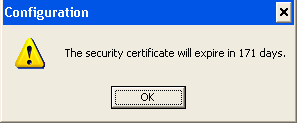With the new IP Office release 10.1 Avaya added a new feature called ‘Multiple Appearance Directory Number’ or short ‘MADN’ to address some customer requests. While there had been the need to be reachable under more than one single number you had to find workarounds to manage that.
The challenge
You had the opportunity to place one (ore more) cheap digital or IP phone in the data center and create bridged appearance keys for that phone. It was also possible to create a hunt group for the additional numbers. The hunt group solution had some disadvantages. Enabling call forwarding or DND (do not disturb) disabled the user’s membership within the group and the user wasn’t reachable anymore. The only way a user could be reached anyway was to dial a short code using the function ‘Dial extension by number’. That works as long as the user doesn’t use hot desking because the function does not call the logged in user but the phone itself.
So we want to be able to call a user through an extra number even if his phone is forwarded or he is in a call. I had a use case where an alarm server had to call the user to play an important voice message in case of a technical issue or in different alarm scenarios like fire or violence. It is important that the alarm server is able to call the user even if his phone is not available for any reason. Continue reading →
